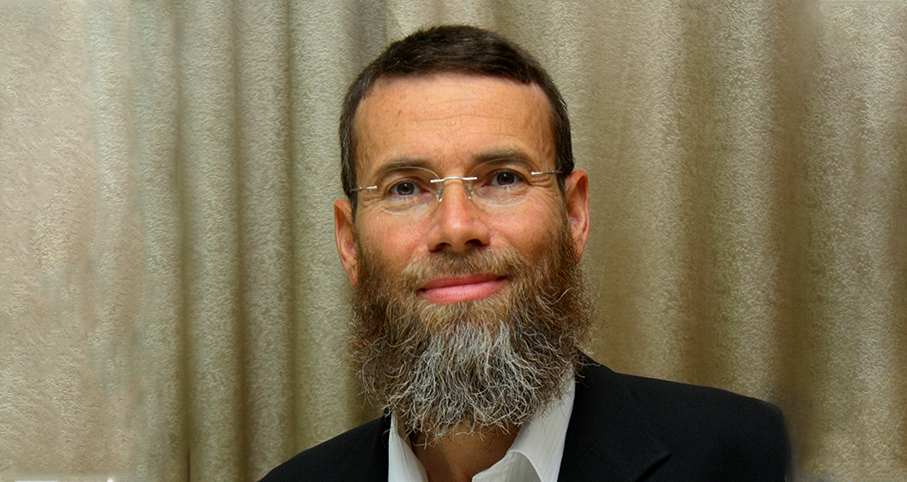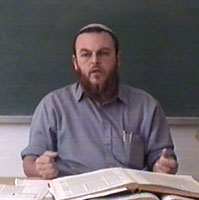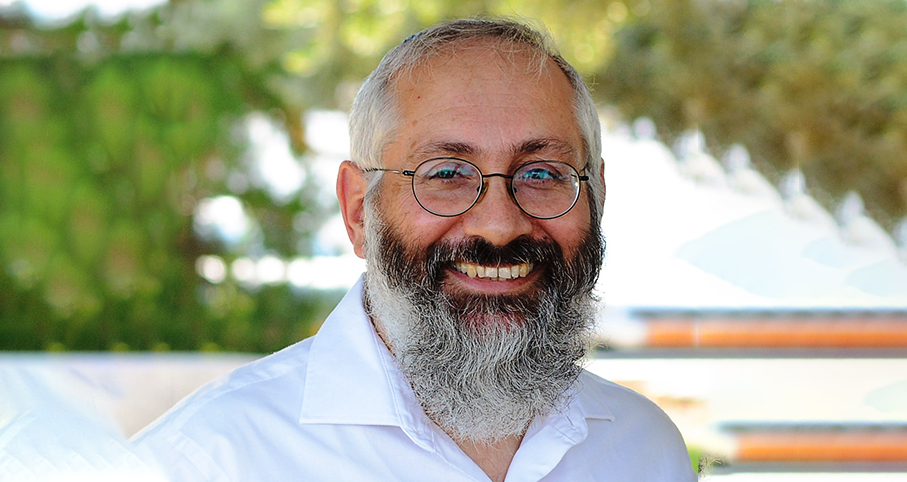Beit Midrash
- Sections
- Chemdat Yamim
- Ein Ayah
Ein Ayah: The value of judgment based on Torah law is very great because specifically it provides the Torah with its special stamp of a Torah of life. In other words, the Torah must relate to practical life in a manner that it shines light on the path of life, and it should not be viewed as only a lofty theoretical wisdom.
The judicial element of the Torah has a very major impact on life because social life cannot exist without the authority of judgment overseeing and guiding it. When the Torah is that which guides this judicial element of social activity, the resulting impact is that the Torah will govern all elements of people’s lives.
For this reason, Rav Ami and Rav Asi were very careful that their intense yet theoretical study of Torah would not impede the process of having the Torah rule over daily life and imprint its seal upon it. Being careful to avoid this impediment was a crucial part of Torah reaching its goal of extending to all elements of life.
The fact that they learned between the pillars and there they were careful to be available for litigants was a part of their diligence and dedication to the in-depth study of Torah. Perhaps it also reminded them about the pillars of the world – truth, justice, and peace – all of which are related to jurisprudence and which together support the world (Avot 1:18). As Chazal said: "Once judgment is done properly, truth and peace follow" (Yerushalmi, Ta’anit 4:2).
The Rabbis would bang on the threshold to demonstrate that the "gateways of Torah" open up directly to the path of life. This is to differentiate their approach from those who may think that it is enough to study Torah on a theoretical basis alone and do not attempt to increase its influence on practical life. In contrast, these complete men, as central to their lives as Torah study was, would announce that anyone who needed adjudication should come in and not be concerned that they are taking away these great rabbis from lofty Torah study. The reason is that the foundation of Torah and its preservation in the role for which it was intended are accomplished when one demonstrates how it can be implemented in practice in a world of activity and human interaction.

influencing Our Families, Cities & the World
Ein Aya Shabbat 5,14
Rabbi Ari Shvat | Shvat 5783

Commands and Nature
condensed from Ein Ayah, Shabbat 9:42
Various Rabbis | Sivan 18 5779

The Elusive Inheritance of Personality Traits
Various Rabbis | 5769



















